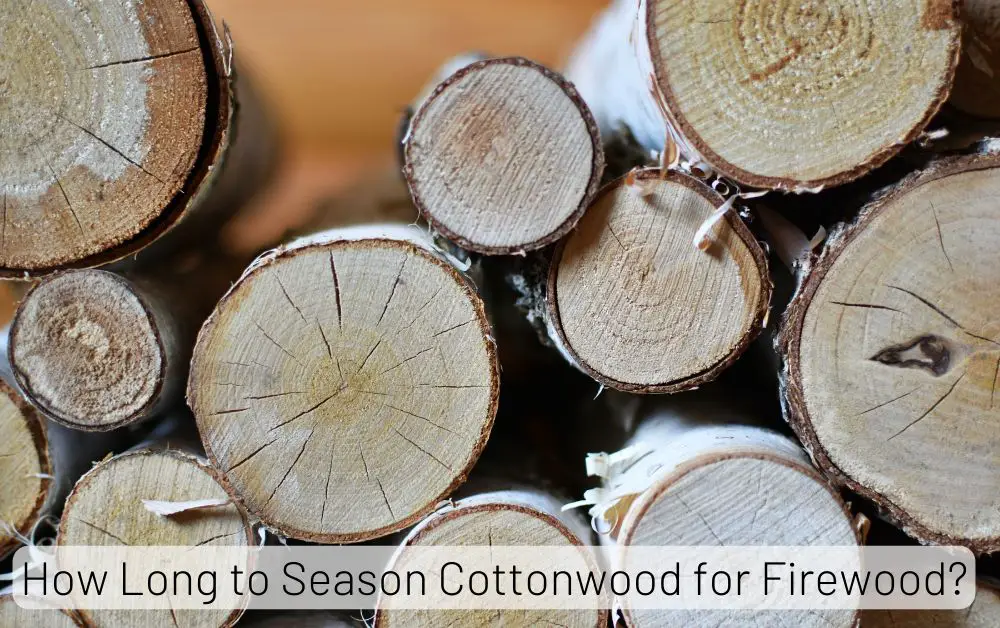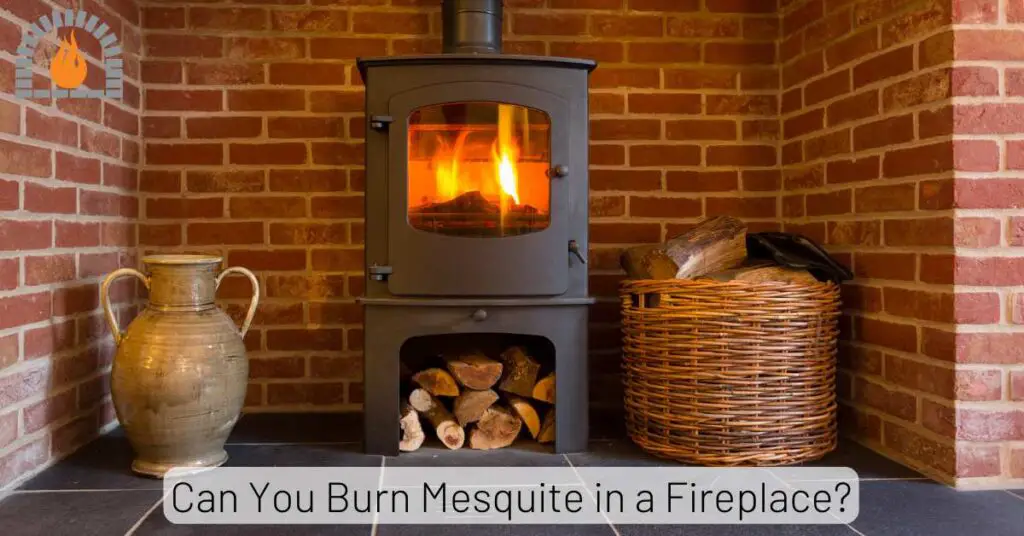When it comes to heating your home with a cozy fireplace or a wood-burning stove, it’s crucial to grasp the longevity of a cord of wood. A cord of wood is a standardized unit of measurement, measuring 4 feet in height, 4 feet in width, and 8 feet in length. However, the burning time can vary depending on several factors.
Table of Contents
ToggleHow Long Does a Cord of Wood Last?
On average, a cord of well-seasoned softwood may last anywhere from 1 to 3 months. However, a cord of well-seasoned hardwood can last, on average, 3 to 5 months or even longer under regular heating conditions.
Softwoods, such as pine and spruce, generally burn more quickly than hardwoods. Hardwoods, such as oak and maple, are denser and have a higher energy content, resulting in a slower burn.
| Wood Type | Density | Energy Content | Burn Time (Cord) |
|---|---|---|---|
| Oak | High | High | 3 to 6 months or longer |
| Maple | High | High | 3 to 6 months or longer |
| Hickory | High | High | 3 to 6 months or longer |
| Ash | High | High | 3 to 6 months or longer |
| Beech | High | High | 3 to 6 months or longer |
| Cherry | Medium to High | Medium to High | 2 to 4 months |
| Birch | Medium to High | Medium to High | 2 to 4 months |
| Walnut | Medium to High | Medium to High | 2 to 4 months |
| Mahogany | Medium to High | Medium to High | 2 to 4 months |
| Teak | Medium to High | Medium to High | 2 to 4 months |
| Pine | Low to Medium | Low to Medium | 1 to 3 months |
| Spruce | Low to Medium | Low to Medium | 1 to 3 months |
| Fir | Low to Medium | Low to Medium | 1 to 3 months |
| Cedar | Low to Medium | Low to Medium | 1 to 3 months |
| Hemlock | Low to Medium | Low to Medium | 1 to 3 months |
| Redwood | Low to Medium | Low to Medium | 1 to 3 months |
Factors Influencing How Long a Cord of Wood Lasts
Wood Type Matters
The type of wood you choose significantly impacts how long a cord will last. Hardwoods like oak and maple burn more slowly and efficiently than softwoods like pine.
The density of the wood plays a crucial role in determining its burning duration.
Moisture Content
The moisture content of the wood is a critical factor in the burn time equation. Green or wet wood requires additional energy to burn off the moisture, reducing the overall efficiency and longevity of the cord.
Opting for seasoned or kiln-dried wood with lower moisture content ensures a longer, more efficient burn.


















Proper Stacking and Storage
How you stack and store your wood can impact its burning efficiency. Well-seasoned wood should be stacked to allow for proper airflow, facilitating the drying process.
Adequate storage protects the wood from the elements, maintaining its quality and burn efficiency.
Size and Splitting
The size and splitting of the wood also play a role in its burn time. Smaller, well-split pieces ignite more quickly and burn efficiently.
However, larger logs can provide a more sustained heat output. Striking the right balance in wood size and splitting is crucial in optimizing the burn time of your cord.
Appliance Efficiency
The type of appliance you use to burn the wood can influence how long a cord lasts.
Modern, efficient wood-burning stoves and fireplaces maximize the heat output and minimize wastage, ensuring you get the most out of each piece of wood.
Climate Considerations
The climate in your region can affect how often and intensely you need to burn wood for heating.
Colder temperatures may necessitate more extended burning periods, impacting the overall lifespan of a cord.
Frequency of Use
How often you use your wood-burning appliance also affects the burn time of a cord.






Regular use may require more frequent replenishment of wood, while occasional use allows for a longer lifespan of the cord.
How Much Firewood Do I Need For One Night?
For a night of burning wood for 8 hours:
- Hardwood: Approximately 1/12 to 1/8 of a cord.
- Softwood: Approximately 1/6 to 1/4 of a cord.
Related Posts:
Affiliate Disclosure: Fireplaceadviser.com is a participant in the Amazon Services LLC Associates Program. We may earn a commission when you click on certain links on this site and purchase.

Hello!! I am Jamal Khan. I often fix my home electric heaters and gas stove problems and research the common issues in the heating units to improve my knowledge and expertise. The aim of establishing fireplaceadviser.com is to share my expertise and knowledge with my audience.






